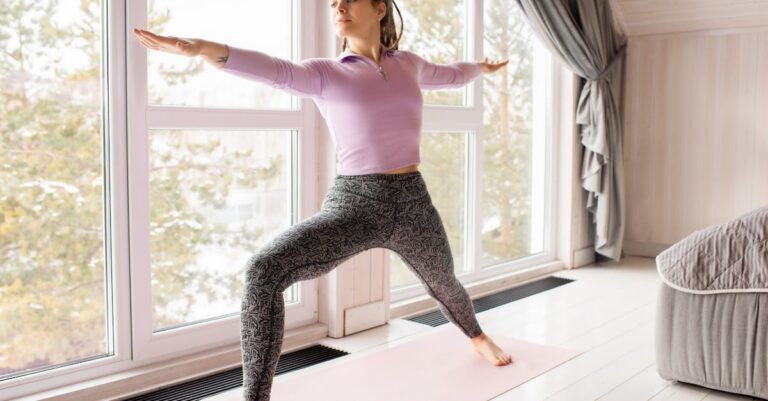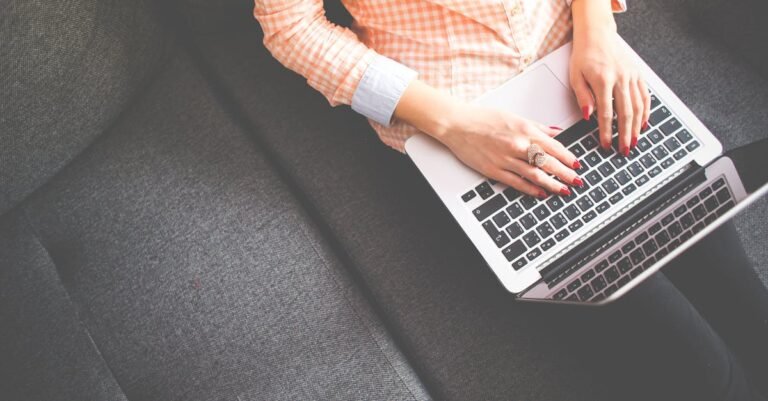So, you wanna start working out at home? Awesome! But maybe you’re feeling a little lost, like trying to assemble furniture without instructions. You know you should move more, maybe you want more energy, or perhaps the thought of a crowded gym just isn’t your jam. The problem? Figuring out *what* to do, *how* to do it without hurting yourself, and actually sticking with it feels like a giant puzzle. Don’t sweat it (well, not yet!). This article is your friendly guide. We’ll walk through simple, practical tips designed just for beginners. By the end, you’ll have a clearer picture of how to kickstart your home fitness journey safely and confidently, turning “I should work out” into “I just did!”
Figuring Out *Why* You Wanna Work Out (And Keeping It Real)
Okay, first things first: why are you thinking about this whole home workout thing? Seriously, take a sec. Is it because you want to chase your dog (or kids!) around without feeling like you ran a marathon? Maybe you want to feel stronger carrying groceries, or just have a bit more pep in your step? Nailing down your personal ‘why’ is like putting fuel in your tank. It’s what keeps you going when you’d rather hit snooze or binge-watch that new show. And let’s talk goals. Forget “lose 20 pounds by next Tuesday.” That’s setting yourself up for frustration. Think small and doable. Like, “I’ll try a 15-minute workout video three times this week.” Or, “I’ll master doing 5 proper squats.” Small wins build big confidence. Imagine this totally made-up scenario: Meet Alex. Alex felt sluggish all the time. Alex’s ‘why’ was simply wanting more energy. Alex’s first goal wasn’t a hardcore boot camp, but just walking in place during TV commercials and adding 5 sit-ups. Totally achievable, right?
Making a Little Spot Just for Moving
You don’t need a mirrored room stuffed with shiny machines. Nope! But having a designated spot for your workouts, even if it’s tiny, can make a huge difference. It’s like having a specific chair for reading – when you sit there, your brain knows it’s reading time. Same idea here. Find a corner in your living room, bedroom, or even a wide hallway where you have enough space to stretch your arms and legs out without bumping into the coffee table. Clear the clutter. Maybe roll out a yoga mat if you have one (a towel works too!). The key is making it feel like *your* workout zone. Keep your water bottle there, maybe a small towel. When you step into that space, it helps flip the mental switch to “Okay, let’s do this!” It doesn’t have to be fancy, just functional and inviting.
Your Body is Your Gym (Seriously!)
Think you need dumbbells, resistance bands, and a pull-up bar right away? Think again! Your own body is an amazing piece of workout equipment, especially when you’re starting out. Bodyweight exercises are fantastic because they teach you fundamental movements and build strength without any extra gear. We’re talking about classics like:
- Squats: Like sitting down in a chair and standing back up. Great for legs and butt!
- Lunges: Taking a big step forward or backward, bending both knees. Challenges balance and works those legs.
- Push-ups: These can be tough! Don’t be afraid to start against a wall, then move to your knees on the floor, before trying full push-ups. Works your chest, shoulders, and arms.
- Planks: Holding your body in a straight line, supported on your forearms (or hands) and toes. Amazing for your core!
The most important thing? Focus on doing it right, not doing it fast or doing a ton. Watch some videos from trusted fitness pros online to see how the moves should look and feel. Five really good, controlled squats are way better for you than 20 fast, wobbly ones. Trust us on that.
Don’t Skip the Start and Finish Line!
Ever jumped straight into a sprint without even a little jog first? Probably felt pretty jarring, right? Same goes for workouts. Skipping the warm-up and cool-down is a common mistake for beginners, but they’re super important. Think of the warm-up (5-10 mins) as gently waking your body up. It gets your blood flowing, loosens up your joints, and tells your muscles, “Hey, we’re about to work!” Try some light cardio like marching in place, jumping jacks (go easy!), arm circles, or leg swings. The cool-down (5-10 mins) is like hitting the brakes smoothly after driving fast. It helps your heart rate come back down gradually and gives you a chance to stretch the muscles you just worked. This can help you feel less stiff later on. Gentle stretches held for 15-30 seconds work great. Don’t rush these parts – they help prevent injuries and make the whole experience feel better.
Knowing When to Push and When to Chill
Alright, let’s talk about feelings – the physical kind! When you start working out, especially if you haven’t in a while, you’re gonna feel some things. It’s totally normal to have muscles feel a bit tender or tired a day or two after a workout. That’s called Delayed Onset Muscle Soreness (DOMS), and it usually means your muscles are adapting and getting stronger. It’s more of a dull ache or tightness – that’s generally okay. But then there’s pain. Sharp, stabbing, sudden pain during an exercise? Pain that lingers or gets worse? Pain in your joints? That’s your body waving a red flag saying, “Whoa, stop!” Listen to it. Don’t push through sharp pain. Modify the exercise, take an extra rest day, or maybe check your form. Rest days aren’t lazy; they’re crucial! Your muscles rebuild and get stronger during rest. So, learn the difference between “Ooh, I worked hard” discomfort and “Ouch, something’s wrong” pain.
Making Workouts Stick (Without Getting Bored)
Starting is one thing; sticking with it is the real challenge. How do you keep showing up in your workout space when the novelty wears off? Make it fun! If you dread your workout, you won’t do it for long. Put on your favorite high-energy playlist. Try different free workout videos online – find instructors whose style you like. Maybe one day you focus on legs, another day arms, and maybe try a beginner dance or cardio video on another. Mixing it up keeps things fresh. Another trick? Schedule it. Put your workout times in your calendar like any other important appointment. And track your progress! Not just weight (if that’s even your goal), but notice things like, “Hey, I could only do 3 knee push-ups last week, now I can do 6!” or “That plank felt easier today.” Celebrating these little wins keeps you motivated and shows you’re getting stronger, even if it doesn’t happen overnight.
So, there you have it! Starting a home workout routine as a beginner doesn’t need to be complicated or scary. It really boils down to understanding *why* you want to do it and setting goals that feel right for *you*. Remember to carve out a little space, embrace those simple but effective bodyweight moves (focusing on good form!), and never skip your warm-up and cool-down. It’s super important to listen to your body, knowing the difference between normal muscle tiredness and actual pain, and giving yourself rest. Most importantly, find ways to make it enjoyable so you actually keep doing it! Consistency, not perfection, is the name of the game. You don’t need fancy gear or hours of time – just a willingness to start small, be patient with yourself, and keep showing up. You’ve totally got this!










